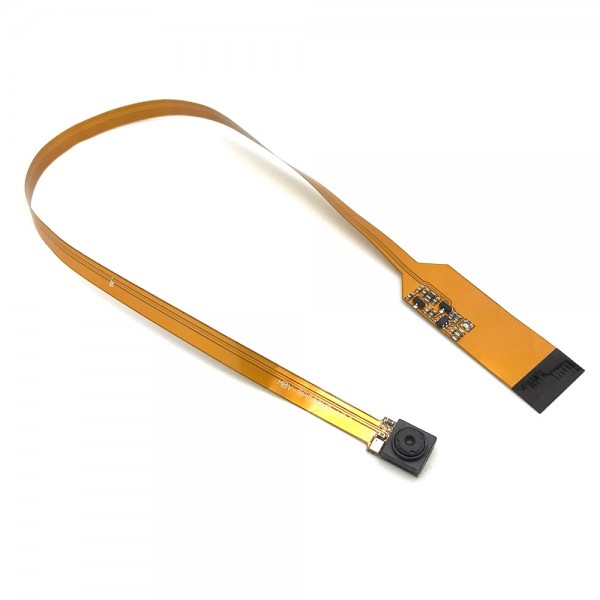
HTTPSConnection ( UBEAC_URL ) connection. log10 ( rms_amp ) Amplitude = get_sensor ( "Average Amplitude", ] connection = http.

square ( data ))) logrms_amp = 20 * math. write ( file_location, framerate, sigf32 ) rate, data = scipy. Essential complement for Maxlux, Maxlux S or coloured Micromax masks Curved tube snorkel with silicon mouthpiece Simple and effective attachment system.12. unpack ( format_float, audio_add ) nb = np. read ( framerate ) format_float = '<' + str ( nframes ) + 'i' testResult = struct. read ( framerate ) for i in range ( stream_length - 1 ): audio_add += r. urlopen ( 'INSERT LANMIC URL HERE' ) as r : audio_start = r. Import json import http.client from _util import get_sensor import urllib.request import math import scipy.io.wavfile from scipy.fftpack import fft, fftfreq import numpy as np import struct framerate = 8000 time_streaming = 5 #seconds stream_length = time_streaming * 4 nframes = int ( stream_length * framerate / 4 ) file_location = "INSERT FILE LOCATION HERE" # Configuration section UBEAC_URL = '' GATEWAY_URL = 'INSERT GATEWAY URL HERE' DEVICE_FRIENDLY_NAME = 'Android Sound Detector' with urllib. Below is an example of my noise detector system being tracked by uBeac. You can also check out your past sound data in the Reports module in list or chart form.
#RASPBERRY AUDIO SPY HOW TO#
See our past article on OS monitoring to learn how to use uBeac and make that dashboard.
#RASPBERRY AUDIO SPY ANDROID#
Now that all the audio data is processed, send it to the same platform that you connected your Android Security Cameras : uBeac ! Here you can track the audio with charts, or just see the real-time data through indicators, all on a simple easy to use IoT dashboard in uBeac ’s Dashboard module.

UBEAC_URL = '' GATEWAY_URL = 'INSERT GATEWAY URL HERE' DEVICE_FRIENDLY_NAME = 'Android Sound Detector' You can also change the name of Device Friendly Name of your Android in case you add multiple devices to your DIY security system. Make a cool spy project with your Raspberry Pi with this ultra-compact extra-long camera module Our Raspberry Pi Spy Camera is easy to hide thanks to the. Not only is the Raspberry Pi 4 bursting with new hardware features but under the hood there are some extra GPIO functions to make life a bit easier, allowing users to expand their peripherals to their projects without requiring additional hardware In particular there are a bunch of extra I2C, UART and SPI interfaces that. You will need to include the Gateway URL provided by the IoT platform. The second part of the code sends this data in JSON format to an IoT platform using HTTP requests. framerate = 8000 time_streaming = 5 #seconds stream_length = time_streaming * 4 nframes = int(stream_length * framerate / 4) file_location = "INSERT FILE DIRECTORY HERE" This is just in case you want to have a hard copy of the surrounding noise.

In this section, you will need to input the LANmicURL, the sample rate of the data, stream segment time length (which is also how often this program will do a POST request to the IoT service), and the file location where you store the recorded sound data.


 0 kommentar(er)
0 kommentar(er)
